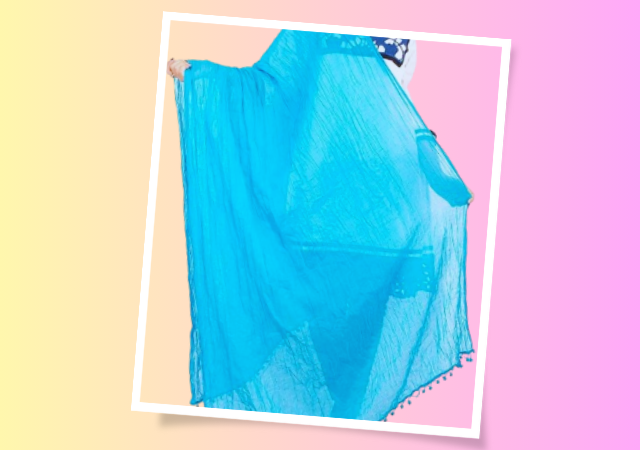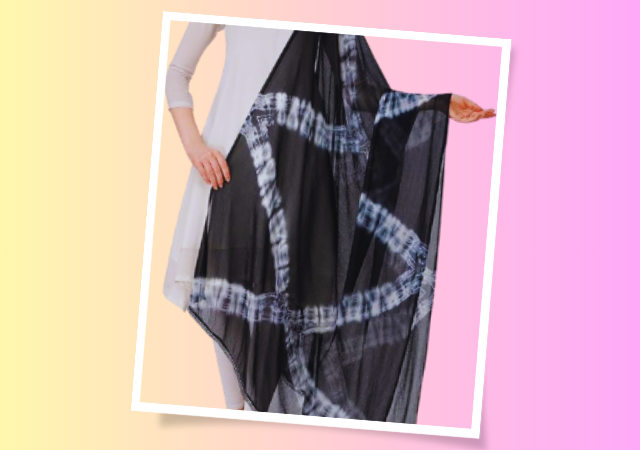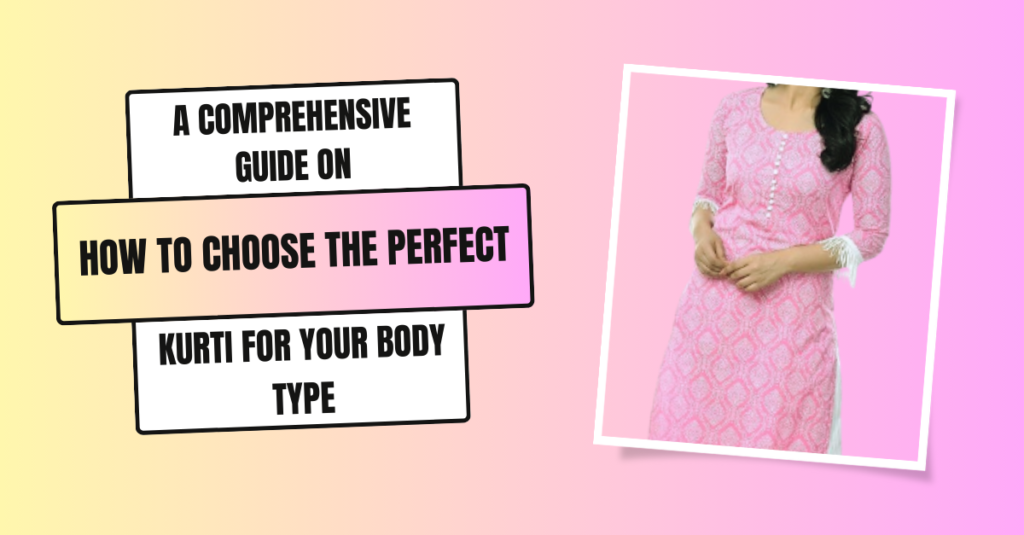Dupatta Dos and Don’ts: Essential Tips for Every Fashionista
Introduction
Dos: Styling Tips for Dupatta

A. Matching Colors and Fabrics
- Coordinating with the Outfit: The key to a well-put-together look lies in harmonizing the colors of your dupatta with your outfit. Opt for a matching shade for a classic appearance or experiment with contrasting colors for a bold, eye-catching ensemble.
- Contrast for a Bold Look: Don’t shy away from experimenting with contrasting colors. A brightly hued dupatta can add vibrancy to a neutral outfit, making it an ideal choice for festive occasions or a day out with friends.
B. Draping Techniques
- Traditional Styles: Explore traditional draping styles like the Seedha Pallu or the Gujarati style, which exude elegance and cultural richness. These techniques not only pay homage to tradition but also add a touch of grace to your overall look.
- Contemporary Drapes: Experiment with modern draping styles like the one-shoulder drape or belted dupatta. These styles seamlessly blend tradition with contemporary fashion, offering a fresh take on how a dupatta can be worn.
C. Embellishments and Embroidery
- Choosing Complementary Embellishments: When selecting a dupatta with embellishments or embroidery, ensure they complement the detailing on your outfit. Harmonizing these elements creates a cohesive and polished appearance.
- DIY Embroidery for Personalization: Embrace your creative side by adding personal touches through DIY embroidery. This not only makes your dupatta unique but also allows you to infuse your personality into your ensemble.
Don’ts: Common Mistakes to Avoid

A. Overwhelming Outfits
- Balancing Dupatta with Heavy Dresses: Avoid overwhelming your outfit with a heavily embroidered or embellished dupatta if your dress is already intricate. Strike a balance to ensure that each element enhances the overall aesthetic without competing for attention.
- Avoiding Clashing Patterns: Be cautious with patterns. If your outfit features bold prints, opt for a solid-colored or subtly patterned dupatta to avoid a clash that could distract from the overall elegance of your ensemble.
B. Incorrect Draping
- Ensuring Dupatta Doesn’t Distract: While experimenting with draping styles, ensure that the dupatta enhances rather than distracts from your overall look. Avoid excessively elaborate drapes that may take away from the beauty of your outfit.
- Avoiding Uncomfortable Drapes: Comfort is key. Ensure that the draping style you choose allows for ease of movement and doesn’t compromise your comfort throughout the day or evening.
C. Ignoring Occasion Appropriateness
- Formal vs. Casual Dupatta Styles: Tailor your dupatta choice to the occasion. A heavily embellished dupatta may be perfect for a wedding, but it might seem out of place at a casual gathering. Consider the formality of the event when making your selection.
- Adapting to Cultural Sensitivities: Respect cultural sensitivities when choosing your dupatta style. Certain drapes or patterns may have specific cultural connotations, and being mindful of these nuances is essential to celebrating diversity while expressing your style.
Dupatta Trends

A. Seasonal Dupatta Styles
- Light Fabrics for Summer: Opt for breathable and light fabrics like chiffon or cotton during the summer months to stay cool while maintaining a stylish look.
- Velvet and Silk for Winter: Embrace the richness of velvet or silk during the winter season. These fabrics not only provide warmth but also add a luxurious touch to your ensemble.
B. Fusion Styles
- Indo-Western Dupatta Pairings: Experiment with fusion styles by pairing a traditional dupatta with a western outfit or vice versa. This eclectic approach adds a contemporary edge to your look, showcasing your fashion-forward sensibilities.
- Dupatta as a Statement Piece: Elevate your ensemble by letting the dupatta take center stage. Opt for a bold, heavily embellished dupatta with a simple outfit to make a statement without overwhelming the overall look.
A. Cleaning and Storing Dupattas
- Choosing the Right Cleaning Method: Different fabrics require specific cleaning methods. Silk may need delicate hand washing, while cotton dupattas may be machine washable. Pay attention to care labels and recommendations.
- Proper Storage to Avoid Wrinkles: Store your dupattas properly to prevent wrinkles. Hanging them or folding them neatly can help maintain their pristine appearance.
B. Handling Delicate Fabrics
- Avoiding Snags and Tears: Be cautious with delicate fabrics like chiffon or georgette to prevent snags and tears. Handle them with care to ensure their longevity.
Personalizing Your Dupatta Style

A. DIY Dupatta Projects
- Adding Personal Touches: Engage in DIY projects to add your personal touch to a plain dupatta. Be it fabric paint, sequins, or embroidery, these projects offer a creative outlet to showcase your unique style.
- Mixing and Matching with Accessories: Enhance your dupatta style by incorporating accessories like brooches, pins, or even belts. These additions not only add flair but also allow you to express your personality.
B. Customization with Accessories
- Selecting Complementary Jewelry: Choose jewelry that complements your dupatta. If your dupatta is heavily embellished, opt for subtle jewelry to avoid a cluttered appearance.
- Footwear Choices: Consider your footwear when styling your dupatta. A well-matched pair of shoes can tie the entire look together, creating a seamless and polished ensemble.
C. Showcasing Personal Style
- Experimenting with Colors and Patterns: Fashion is about expressing yourself. Don’t be afraid to experiment with different colors and patterns to discover what resonates with your personal style.
- Confidence as the Ultimate Accessory: Regardless of the dos and don’ts, confidence is your best accessory. Own your style choices and carry your dupatta with confidence, and you’ll undoubtedly leave a lasting impression.
Conclusion

My name is Rohit Vagh and I’m a content writer specializing in fashion and lifestyle. I have three years of experience in this field and have written various articles. My writing style is creative and engaging, and I strive to create content that resonates with my readers. I have a deep passion for fashion and am constantly researching the latest trends and styles to make sure my readers are up to date. I’m excited to continue my career in blogging, and I’m always looking for new opportunities in the fashion and lifestyle space.





